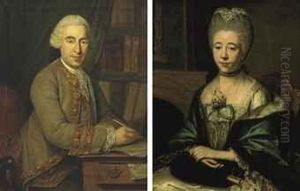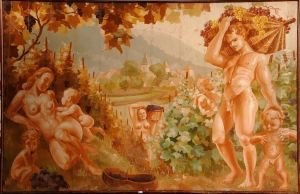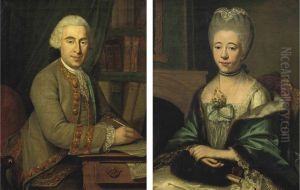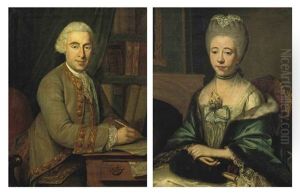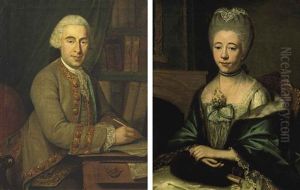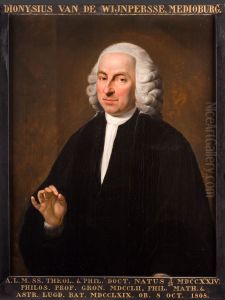Jean Humbert Paintings
Jean Humbert was a Dutch artist, born in 1720 in The Hague, Netherlands. Not to be confused with other historical figures of similar names, Jean Humbert's contributions to the art world were primarily in the 18th century, a period known for its elaborate Rococo style, which later transitioned into Neoclassicism. However, there is limited documentation on Humbert's life, and he is not widely recognized as one of the era's prominent artists.
The details of Humbert's early life and artistic training are not well-documented, but it is known that he worked within the artistic conventions of his time, which included the influence of Dutch Golden Age painters. His style would have been shaped by the cultural and artistic environment of the Netherlands, which was a hub for European art, particularly in genres such as landscape, portraiture, and still life.
During his career, Humbert would have been exposed to the shifting artistic tastes of the 18th century. While the Rococo style, characterized by ornate and decorative elements, dominated the early part of the century, a move towards the more restrained and classical elements of Neoclassicism became apparent later in the century. This transition is often reflected in the works of artists who were active during this period.
Jean Humbert's death occurred in 1786, in his hometown of The Hague. His contributions to the arts may not have garnered the same level of fame as some of his contemporaries, and as a result, his works are not as well known or studied in modern times. Nonetheless, his career as an artist during this dynamic period of art history would have been part of the larger narrative of 18th-century European art, reflecting the aesthetic shifts and cultural changes of the time.
